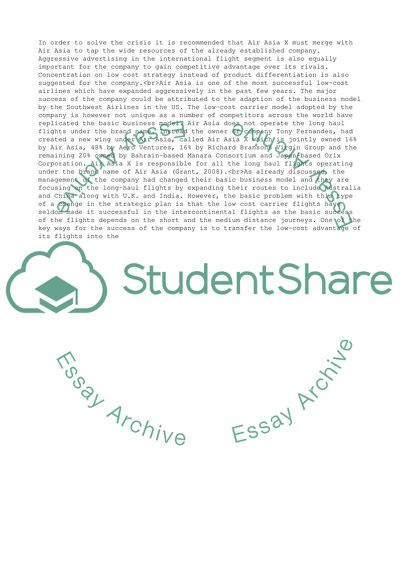Cite this document
(Strategic management - AIR ASIA CASE STUDY AND REPORT Assignment, n.d.)
Strategic management - AIR ASIA CASE STUDY AND REPORT Assignment. https://studentshare.org/management/1822364-strategic-management-air-asia-case-study-and-report
Strategic management - AIR ASIA CASE STUDY AND REPORT Assignment. https://studentshare.org/management/1822364-strategic-management-air-asia-case-study-and-report
(Strategic Management - AIR ASIA CASE STUDY AND REPORT Assignment)
Strategic Management - AIR ASIA CASE STUDY AND REPORT Assignment. https://studentshare.org/management/1822364-strategic-management-air-asia-case-study-and-report.
Strategic Management - AIR ASIA CASE STUDY AND REPORT Assignment. https://studentshare.org/management/1822364-strategic-management-air-asia-case-study-and-report.
“Strategic Management - AIR ASIA CASE STUDY AND REPORT Assignment”. https://studentshare.org/management/1822364-strategic-management-air-asia-case-study-and-report.


